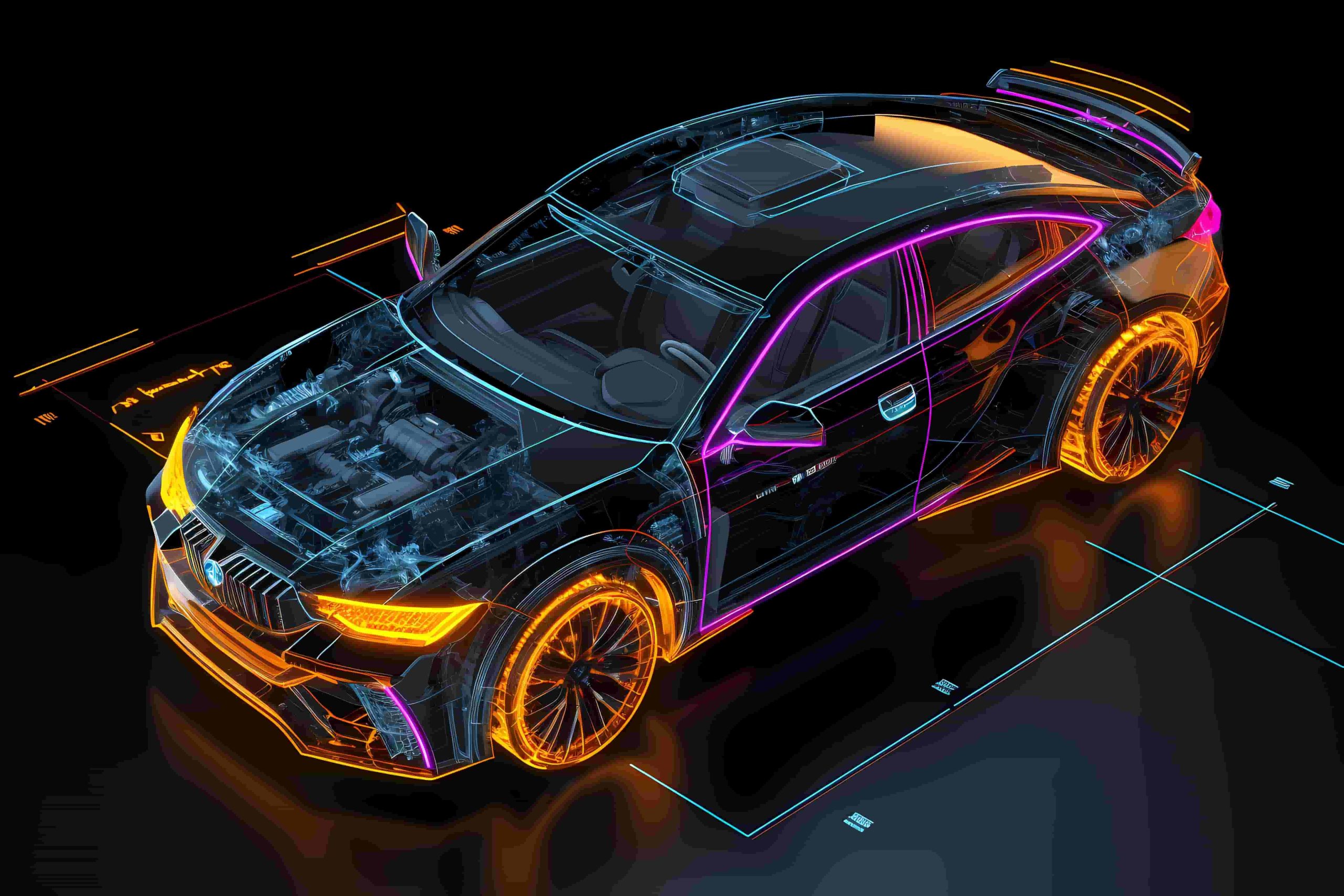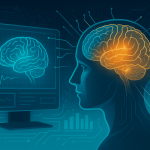
CAE Software Usability Enhanced by AI Assistants
If you’ve ever felt overwhelmed by engineering tools, you’re not alone. CAE software usability can be a real challenge, especially for beginners. But with the rise of AI assistants like ChatGPT, engineers are finding it easier than ever to navigate complex systems.
In this guide, we’ll explore how AI enhances CAE software usability, from faster learning to better accuracy. You’ll also discover benefits, challenges, and future trends that could reshape your engineering workflow.
What is CAE Software Usability?
Before diving into AI, let’s define our key term: CAE software usability refers to how easy it is for engineers to interact with Computer-Aided Engineering (CAE) tools like ANSYS, SolidWorks, and COMSOL.
These programs run advanced simulations checking stress, heat, and fluid flow so engineers can refine designs before real-world testing. The better the usability, the faster teams can produce accurate results with minimal frustration.
The Rise of AI Assistants in CAE Software Usability
AI assistants are revolutionizing how engineers interact with software. Tools like ChatGPT (OpenAI), GitHub Copilot, and Google Gemini can answer technical questions, guide simulations, and simplify interfaces all contributing to improved CAE software usability.
For instance, instead of digging through a 300-page manual, an engineer can type:
“How do I model a composite beam in ANSYS?”
The AI responds instantly with clear, step-by-step instructions.
How Cloud-Based CAE is Revolutionizing Engineering Workflows
How AI Enhances CAE Software Usability
AI brings several usability boosts:
-
Natural language interfaces replace complex menus and commands.
-
Automated workflows handle repetitive tasks.
-
Instant learning aids reduce onboarding time.
Let’s break these down further.
Natural Language Interfaces in CAE Software Usability
Traditionally, CAE tools required either coding knowledge or intensive menu navigation. AI assistants change that. Engineers can now describe problems in plain English, and the AI translates those requests into exact software actions.
Example:
“Simulate airflow through a turbine blade with a 15° angle.”
The AI configures the simulation automatically, eliminating guesswork.
Research shows AI-driven interfaces can reduce CAE setup times by up to 30% (source).
Automation for Better CAE Software Usability
AI can run batch simulations, optimize parameters, and generate reports without manual input. This means engineers spend less time clicking and more time innovating.
Autodesk, for example, integrates AI to automatically refine designs based on performance goals (Autodesk AI Overview).
We’ve covered more examples in our How Automotive CAE Design Is Shaping Modern Vehicles.
Reducing Learning Curves in CAE Software Usability
New users often face steep learning curves with CAE software. AI assistants now act like on-demand tutors—explaining complex concepts, defining engineering terms, and demonstrating best practices.
This not only speeds up onboarding but also fosters team-wide confidence. Teams that integrate AI into daily use report fewer errors and faster project delivery.
For further reading, see TechBriefs on AI in Engineering.
Benefits of AI for CAE Software Usability
Adopting AI in CAE tools yields measurable advantages:
-
Higher productivity – Projects finish faster.
-
Improved accuracy – AI spots errors early.
-
Cost savings – Less trial and error in prototyping.
-
Greater inclusivity – Lower barriers for new engineers.
Challenges in AI and CAE Software Usability
No technology is without drawbacks.
-
Accuracy concerns – AI may give incorrect advice.
-
Integration complexity – Not all CAE platforms support AI yet.
-
Data privacy risks – Sensitive projects require extra safeguards.
-
Over-reliance – Engineers must still validate results.
Future Trends in CAE Software Usability with AI
The next decade promises major leaps:
-
Voice-command controls for true hands-free operation.
-
Real-time co-pilot AI to guide decisions during simulations.
-
Hybrid AI-human modeling for greater precision.
By 2030, it’s likely most CAE tools will embed AI as a default feature, making CAE software usability smoother and more intuitive than ever.
Stay informed with updates from Frontiers in AI.
The Impact on CAE Software Usability
AI assistants like ChatGPT are transforming CAE software usability removing complexity, speeding up processes, and enabling more engineers to succeed.
Whether you’re a seasoned engineer or just starting out, embracing AI-powered tools can give your projects a serious edge. Start exploring now, and you’ll be ahead of the curve.
FAQs
What is CAE software usability?
It’s the ease of use for CAE tools. AI makes them more intuitive for all skill levels.
How does ChatGPT help?
It answers technical queries instantly, reducing complexity and error rates.
What are the risks?
AI can make mistakes engineers must verify outputs before implementation.
Will AI replace engineers?
No. AI assists with tasks, but humans still drive design decisions.
Author Profile

- Online Media & PR Strategist
- Hello there! I'm Online Media & PR Strategist at NeticSpace | Passionate Journalist, Blogger, and SEO Specialist
Latest entries
 ColocationNovember 12, 2025Colocation Security Model Implementation
ColocationNovember 12, 2025Colocation Security Model Implementation Artificial InteligenceNovember 7, 2025SAP AI Strategy Enterprise Advances and Developer Tools
Artificial InteligenceNovember 7, 2025SAP AI Strategy Enterprise Advances and Developer Tools Scientific VisualizationOctober 29, 2025Federated Learning Technology in Medical Privacy AI
Scientific VisualizationOctober 29, 2025Federated Learning Technology in Medical Privacy AI Scientific VisualizationOctober 29, 2025Brain Visualization Ethics: Balancing Innovation and Privacy
Scientific VisualizationOctober 29, 2025Brain Visualization Ethics: Balancing Innovation and Privacy

